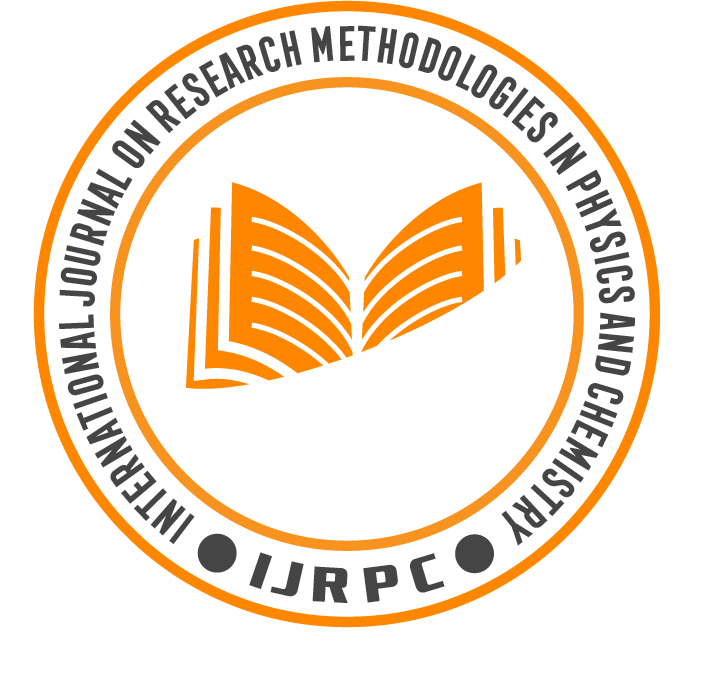Evaluation of Oro-Dispersible Tablets (Artemether- Lumefantrine and Amoxicillin Trihydrate) used for Some Common Childhood Diseases (Malaria and Pheumonia)
Main Article Content
Abstract
Background: Generic substitution of a brand of medicine for others, with the hope that they have the same therapeutic effect is difficult for health care providers and consumers.
Aim: This study was able to evaluate the authenticity of label claim of eight samples of artemether-lumefantrine and two samples of amoxicillin trihydrate tablets available at Ogige market Nsukka and Ogbete main market, Enugu.
Method: The following tests were carried out; hardness, friability, modified disintegration time, wetting time, water absorption ratio and weight uniformity. The compliance of each sample to the United States Pharmacopoeia (USP) requirements were recorded.
Results: The friability test showed that all the tablets passed the test with less than 1 % friability loss. The mean hardness ranged from 1.65 ± 0.47 to 5.35 ± 0.67 for artemether-lumefantrine tablets, while that of amoxicillin trihydrate tablets ranged from 4.00 ± 0.93 to 6.10 ± 0.91 respectively. The tablet diameter and mean thickness of artemether-lumefantrine tablets ranged from 9.00 ± 1.53 to 11.00 ± 1.0 and 2.00 ± 1.15 to 4.00 ± 1.53 respectively, while that of amoxicillin trihydrate ranged from 8.00 ± 0.9 to 10.00 ± 1.0 and 3.00 ± 2.08 to 4.00 ± 1.53 respectively. The disintegration time of artemether-lumefantrine tablets ranged from 1.50 ± 0.1 to 3.52 ± 0.01 and 2.06 ± 0.02 to 3.30 ± 0.03 for amoxicillin trihydrate respectively. The wetting and water absorption ratio of artemether-lumefantrine ranged from 0.21 ± 0.01 to 4.47 ± 0.01, and 25.66 ± 0.01 to 131.62 ± 0.04 respectively, while that of amoxicillin trihydrate ranged from 1.28 ± 0.01 to 10.00 ± 0.02 and 49.54 ± 0.02 to 75.65 ± 0.03 respectively. The study discovered that several generic brands of artemether-lumefantrine and amoxicillin trihydrate tablets in Nigeria could be sub-standard products.
